Application of GCT-8C Rail Flaw Detector in Extreme Cold Conditions
Railway track doctor's working days
During the Spring Festival transportation period, although the transportation capacity is busy and tense, safety is crucial. Taking railway transportation as an example, in addition to the safety of the vehicle body, operational safety also needs to ensure the safety of the track. If there is any damage to the track, it must be detected and dealt with in a timely manner, especially in the cold regions of northern China, where the lowest temperature in winter is -30-40 ℃, and the track is more prone to damage. If it is not issued in a timely manner, there will be significant safety hazards, which threaten the safety of driving. There is such a team in the Gagedaqi Railway Maintenance Depot in the Daxing'anling Prefecture in northeast China. They walk on the railway line every day, regardless of spring, summer, autumn and winter, to detect track damage for repair and replacement. They call themselves "railway track doctors".
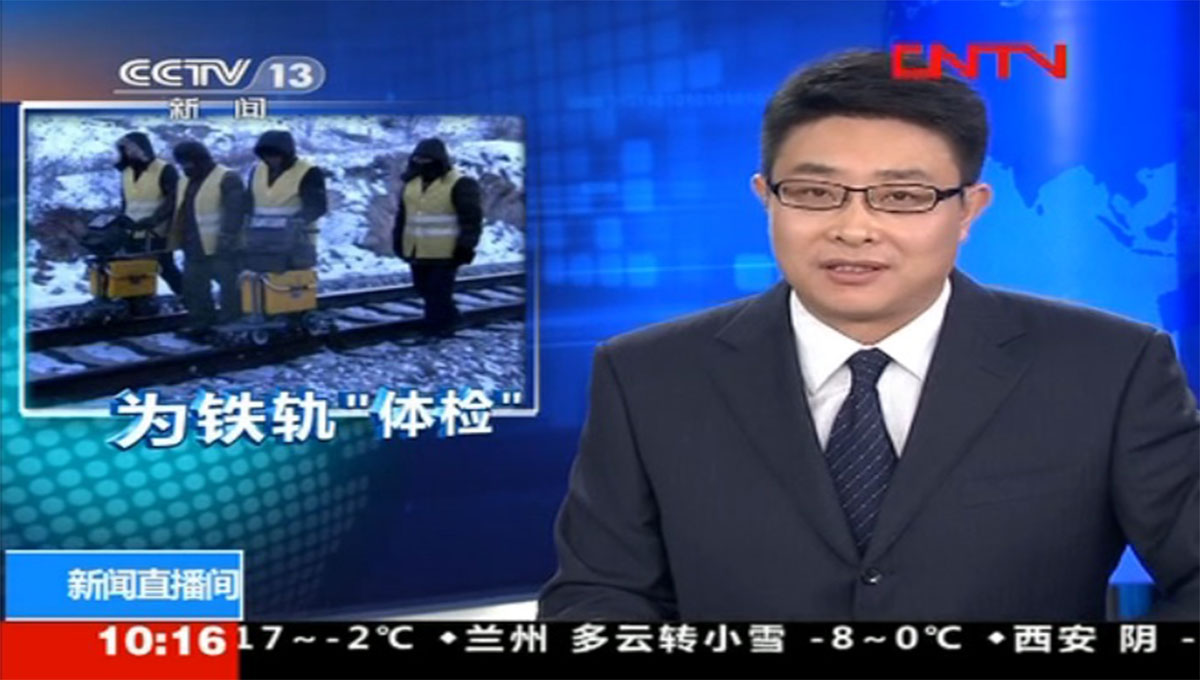
The temperature in the Gagadachi area around 5 am is -34 ℃, while the human body experiences a sensory issue of -40 ℃ due to factors such as wind speed and humidity. The railway track inspector at the Gagdaqi maintenance section boarded a passing passenger train and headed to the work section more than 50 kilometers away. At 7:20 in the morning, the train arrived at the section they were about to work on, with the moon still hanging in the sky, except for the railway tracks that were completely deserted..
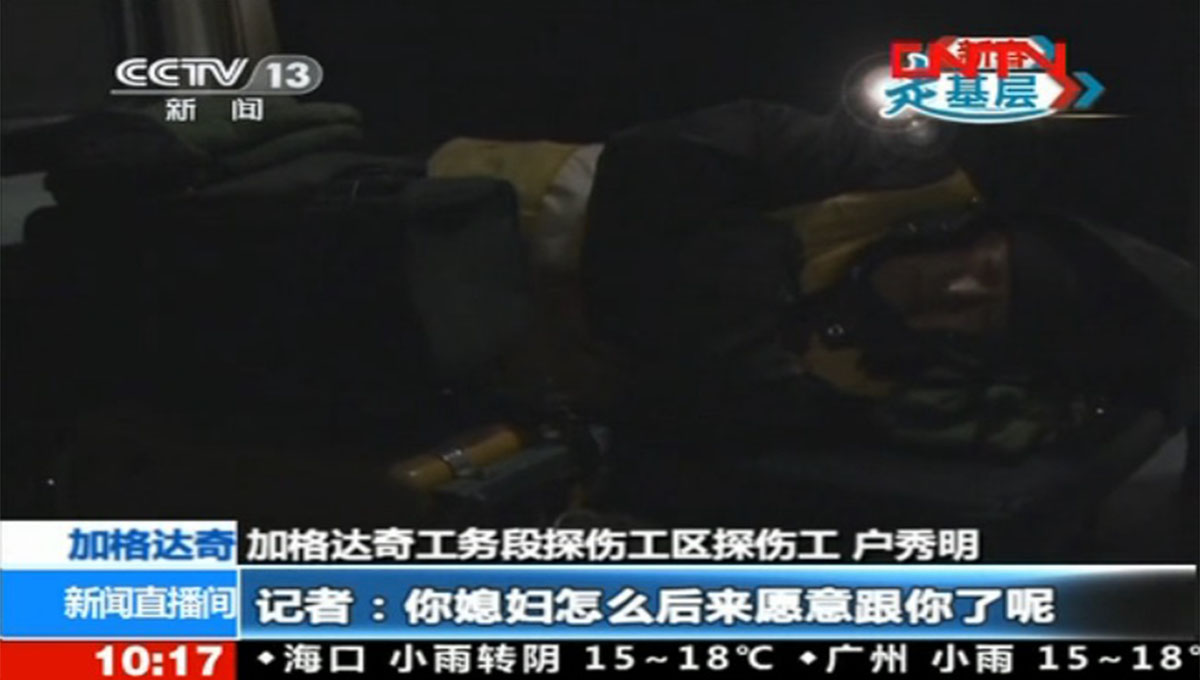
A team of seven people, except for three who were responsible for observing vehicles passing before and after to ensure safety, the other four people started the inspection work along two steel rails in pairs. More than half of them have been engaged in flaw detection work for 20 years, just like experienced doctors, who have some hidden dangers of track damage. They can make basic judgments by looking and listening. The average age of this seven person inspection team is 40 years old.
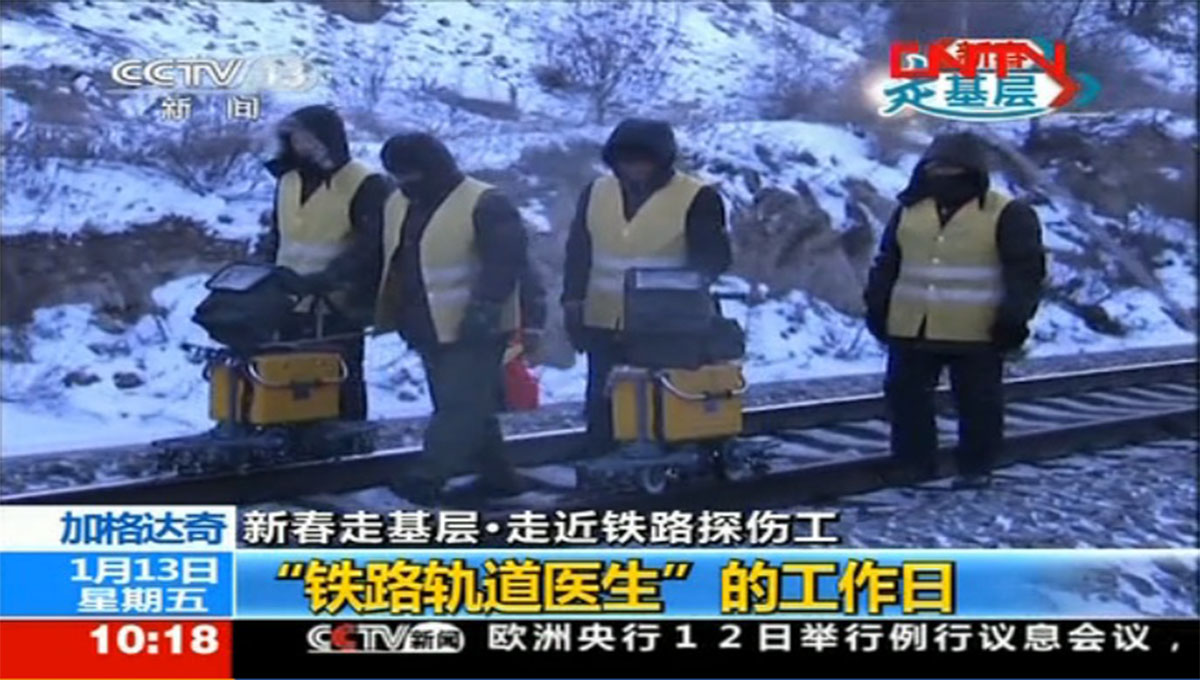
In addition to relying on experience, the necessary testing equipment is also indispensable. But for us, I'm afraid that few people know exactly where the Railway track needs to be detected. They mainly use GTC-8 ultrasonic flaw detector. The instrument generates ultrasonic waves to the inside of the track to judge whether there are defects in the rail according to the wave surface defects and the reflection of the section.
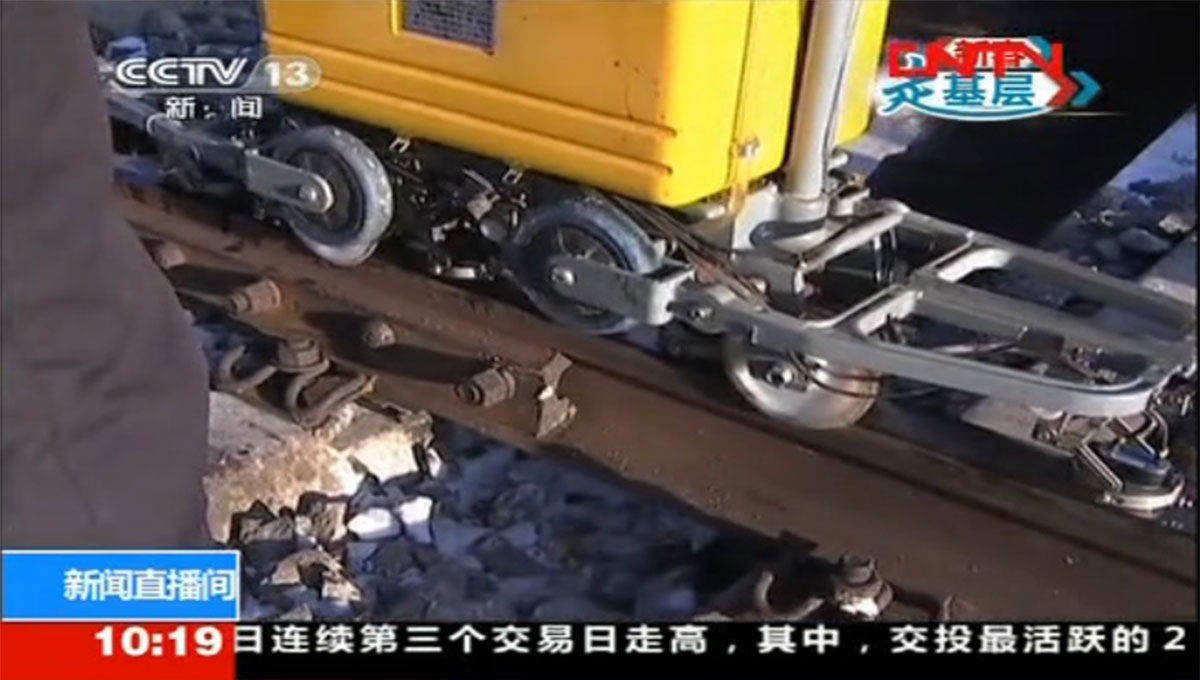
The inspection section for today is 7 kilometers, but they moved forward less than 200 meters, and the instrument showed that there was an abnormality in the steel rail at a bolt hole. If the sound wave was abnormal, there could be a problem. The squad leader lay on the ground and carefully inspected, and his hands were numb after more than ten minutes. Finally, he discovered the problem. There was a very small crack in the bolt hole, and a mark was made on the hidden danger of the track. If there was a crack, it was a serious injury, If it is a serious injury, the steel rail needs to be replaced because even small cracks develop rapidly, and such small cracks may cause the steel rail to break.
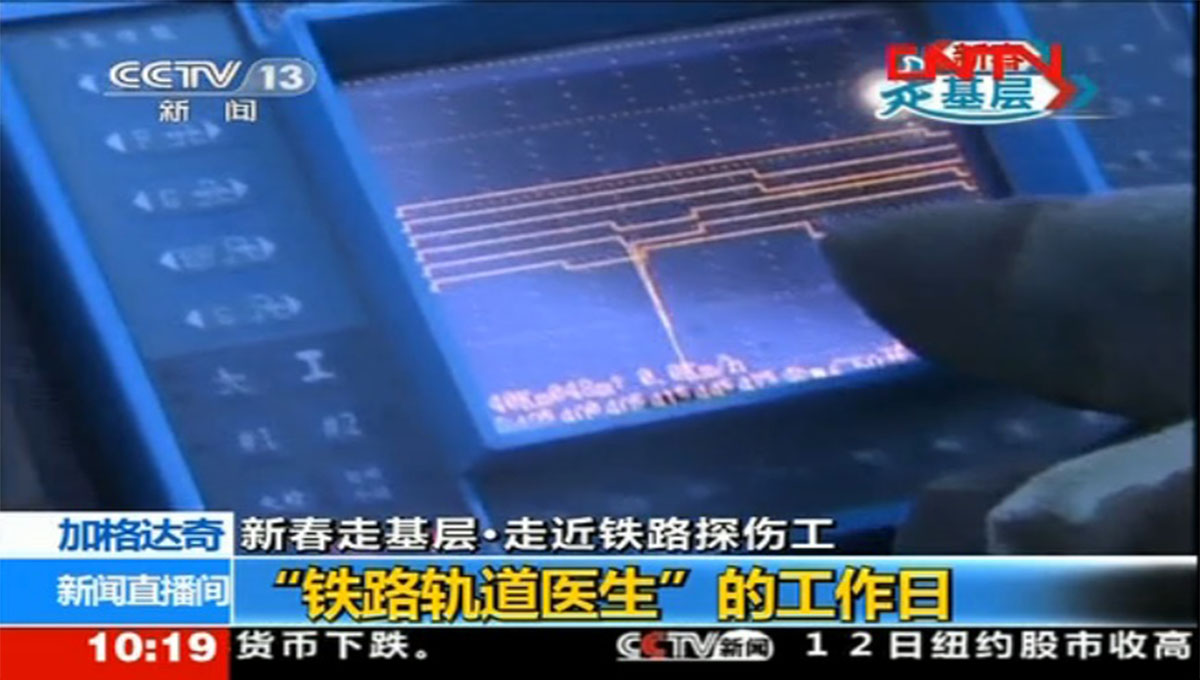
They spent an hour on the road section one kilometer ahead, but once the instrument alarms, they have to lie down and carefully inspect it. Walking and stopping, squatting or lying down, the team members walked for more than 6 hours in the -30 ℃ ice and snow, and finally completed a 7-kilometer exploration at 1:30 pm. During this 7-kilometer exploration, they inspected a total of 560 steel rails, 1120 steel rail clamps, and 3360 bolts, and detected 1 severely injured steel rail, 1 lightly injured steel rail, and multiple hidden dangers that require re inspection.
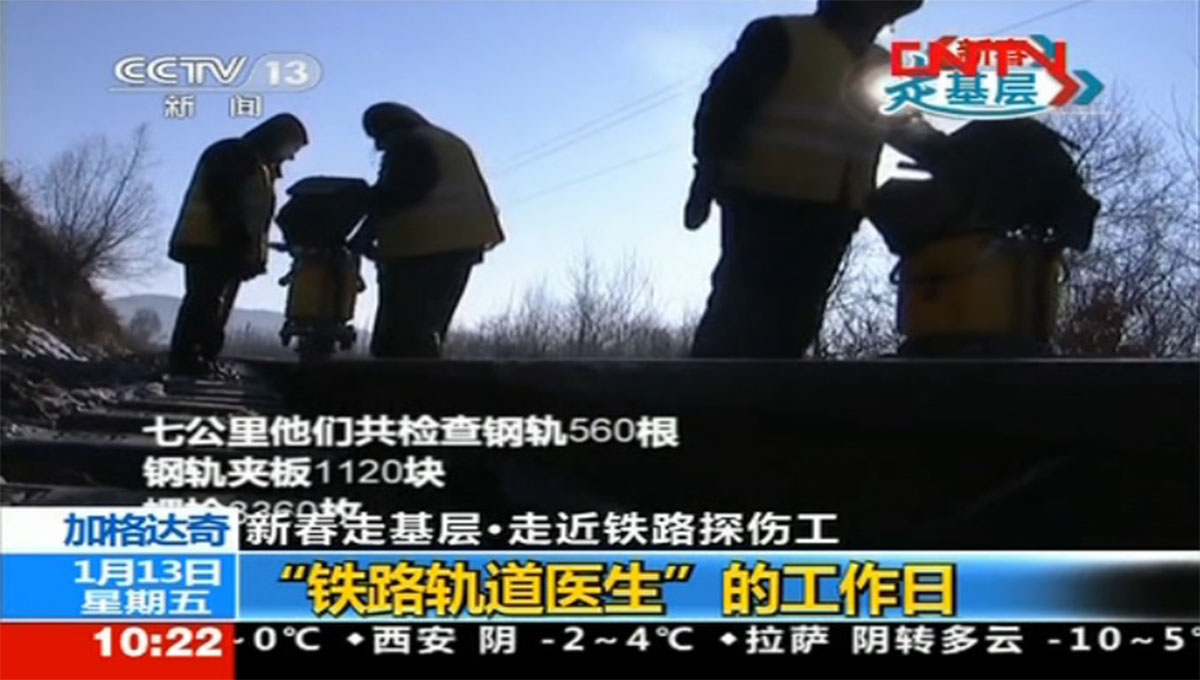
Timely check the damage of Railway track to ensure the safety of train operation. The work of railway flaw detection mentioned today is just one of the seven lines of defense for railway rail inspection. In addition, there are rail flaw detection, vehicle inspection, manual inspection, patrol personnel inspection, etc. It is their work day after day and year after year that ensures the safety of our travel by train. Let us remember them!